Disruptive technology delivering rugged, low-cost optics for machine vision and imaging
Meta-optics are a key technology in the evolution of optical design. These flat optics replace traditional lenses and are manufactured using semiconductor techniques to reduce cost, size, and weight. The digital nature of their design enables unique and highly complex optical elements unachievable with current technology.
Tunoptix uses meta-optics to create unique systems, such as an extended depth of focus (EDOF) lens, enabling machine vision and imaging systems to operate over a much greater range with no moving parts
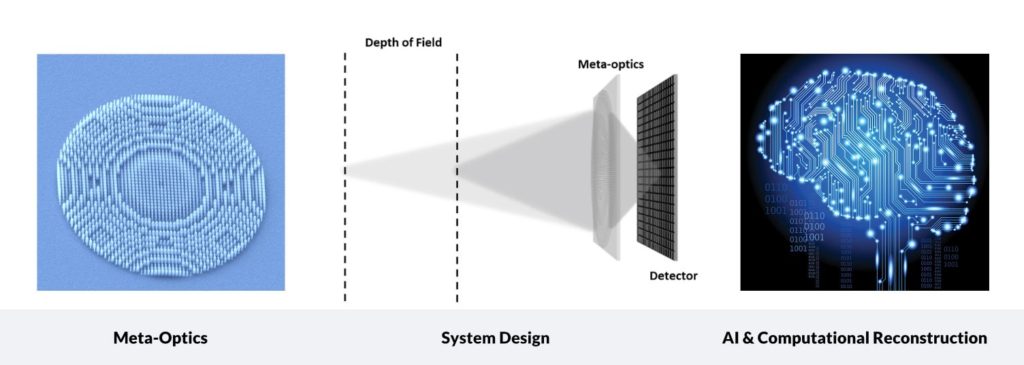
These new optical elements enable unprecedented modes of information extraction as well as the transformation of image data specifically for digital processing versus human viewing.
Our approach enables a simple and static optical element leveraging a digital environment to accomplish far more than conventional systems comprising multiple lenses, complex designs, and mechanical actuators. This approach is also more effective at utilizing AI technology to perform value-add operations.
Tunoptix designs hybrid, optical-digital systems that circumvent the strong chromatic aberrations of diffractive optics, enabling high-quality, full-color imaging using a single, flat meta-optic
Today’s technology: Compound Lenses
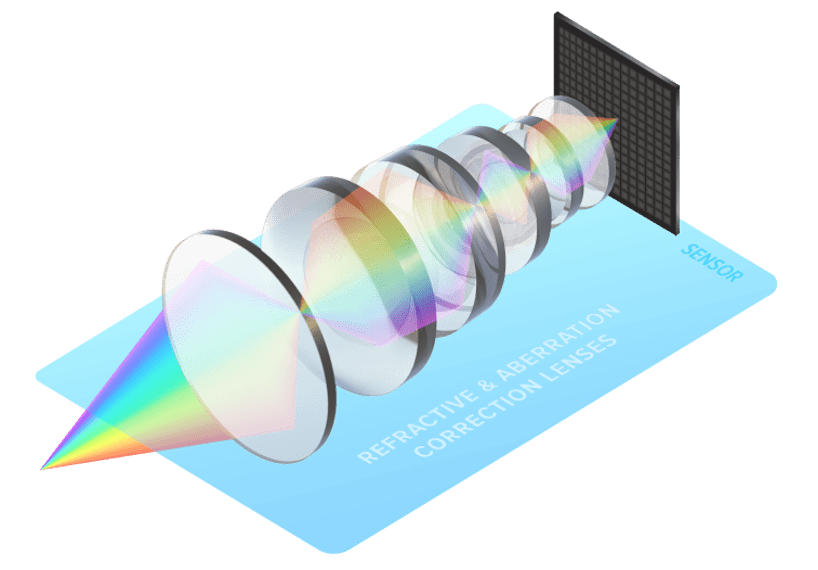
- To bring light of different colors into focus, conventional lenses rely on multiple, cascaded optics to cancel the dispersion of one another
- These compound systems often require additional optics for mitigating geometric aberrations, making such designs bulky, costly, thermally sensitive, and challenging to assemble
Tunoptix solution: Computational Meta-optics
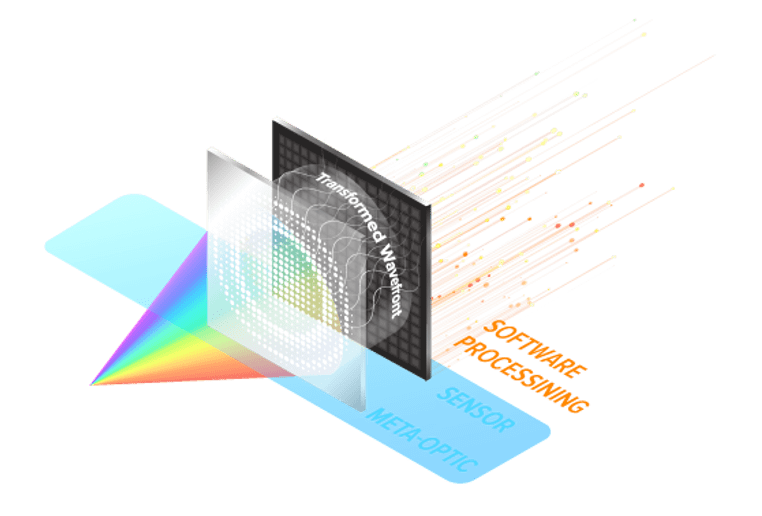
- Our solution utilizes subwavelength nano-scatterers to apply specialized transformations on broadband light. This facilitates high-quality, low-latency computational reconstruction of complex scenes
- These broadband, polarization-insensitive systems operate without any additional lenses and require only a single, flat meta-optic. We can accommodate design scenarios at low f-numbers with lens diameters ranging from sub-millimeter to decimeter-scale optics
In applications requiring human interaction, our software can reconstruct the image data for high-quality imaging to preserve the human/machine interaction. This novel approach springboards optical design into the digital age and beyond, positioning Tunoptix to meet the exponentially increasing technical demands of next-generation optics.
Today’s technology: Tunable Liquid Lens
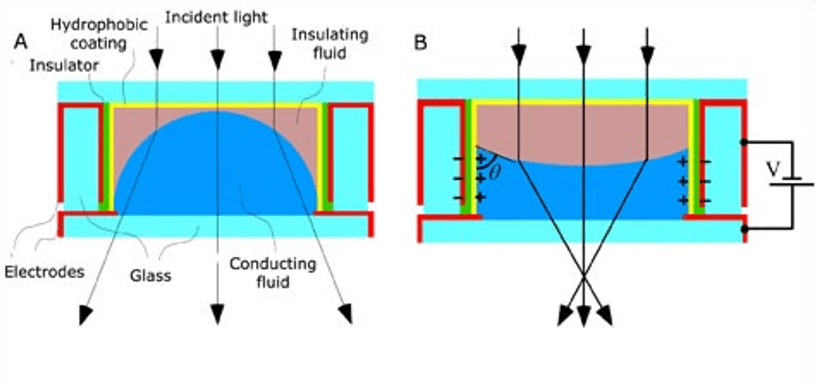
- This lens is shaped using electric fields to change the focal length and image objects at varying image planes.
- The system is complex and expensive, requiring external driving signals, long settling times, and is sensitive to vibrations and environmental factors.
Tunoptix solution: EDOF Meta-optics
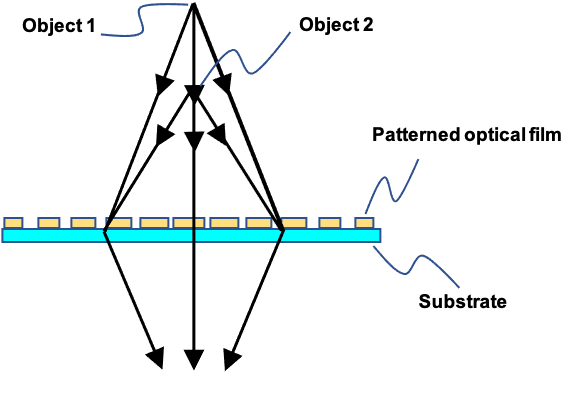
- Our EDOF meta-optic focuses objects over a range of focal lengths with the same ‘blur pattern’. Proprietary software is used to reconstruct the image.
- The lenses are simple and inexpensive, made with high-precision and low-cost semiconductor techniques, have no moving parts, and are insensitive to vibration and temperature.
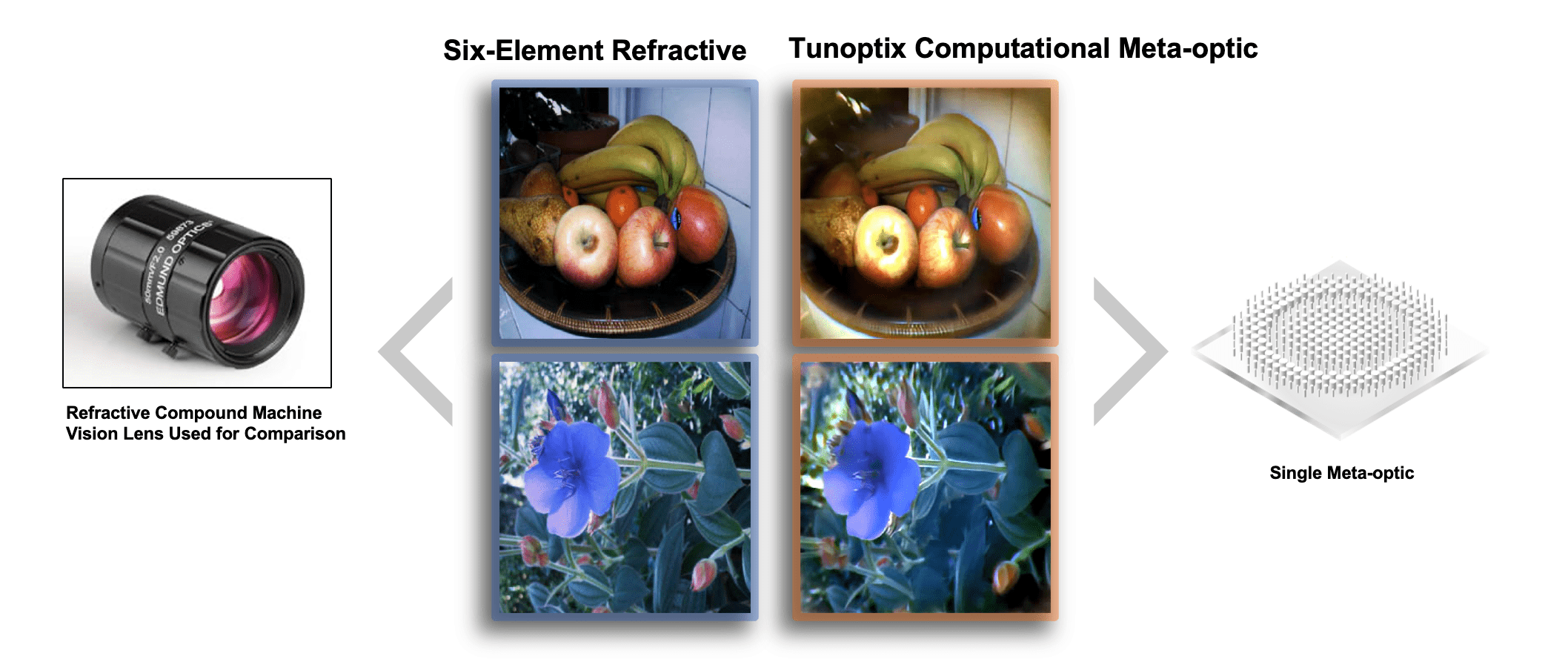
Demonstrated Capability
- Experimental results that demonstrate high-quality imaging.
Tunoptix images show experimental reconstruction results using a single meta-optic.
We achieve image quality comparable to that of a six-element refractive but using only a single meta-optic.
Six-Element Refractive
Tunoptix Computational Meta-optic
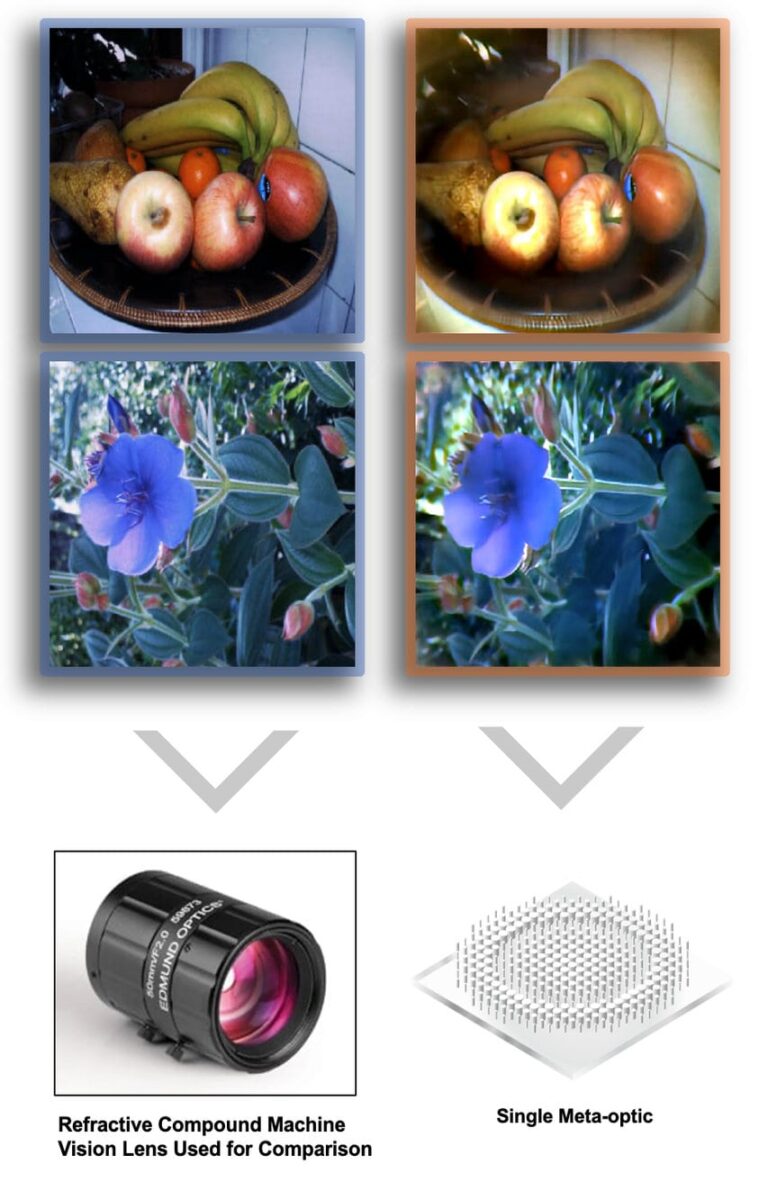
Demonstrated Capability
- Experimental results that demonstrate high-quality imaging.
Tunoptix images show experimental reconstruction results using a single meta-optic.
We achieve image quality comparable to that of a six-element refractive but using only a single meta-optic.
